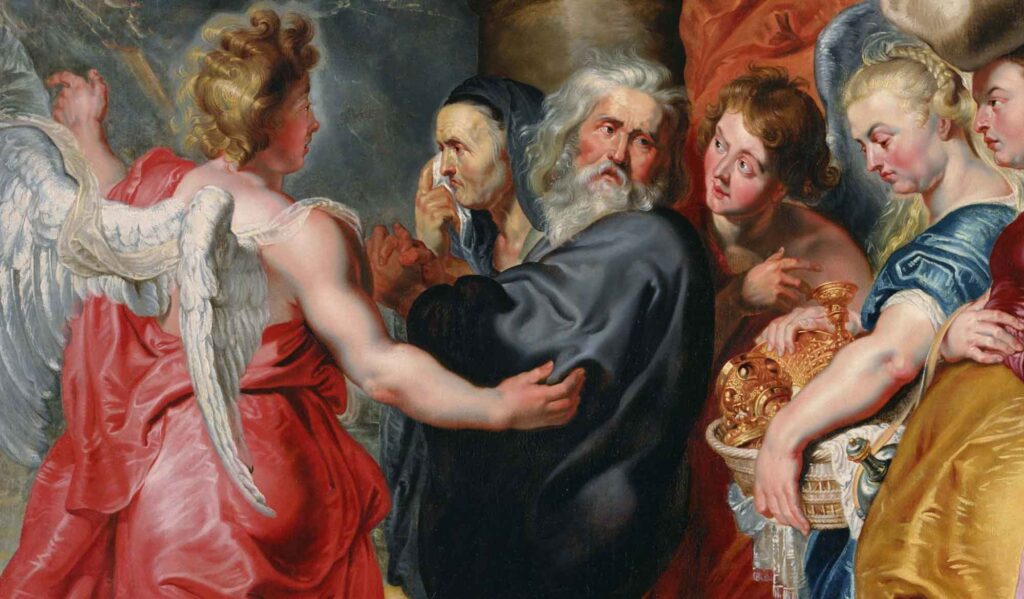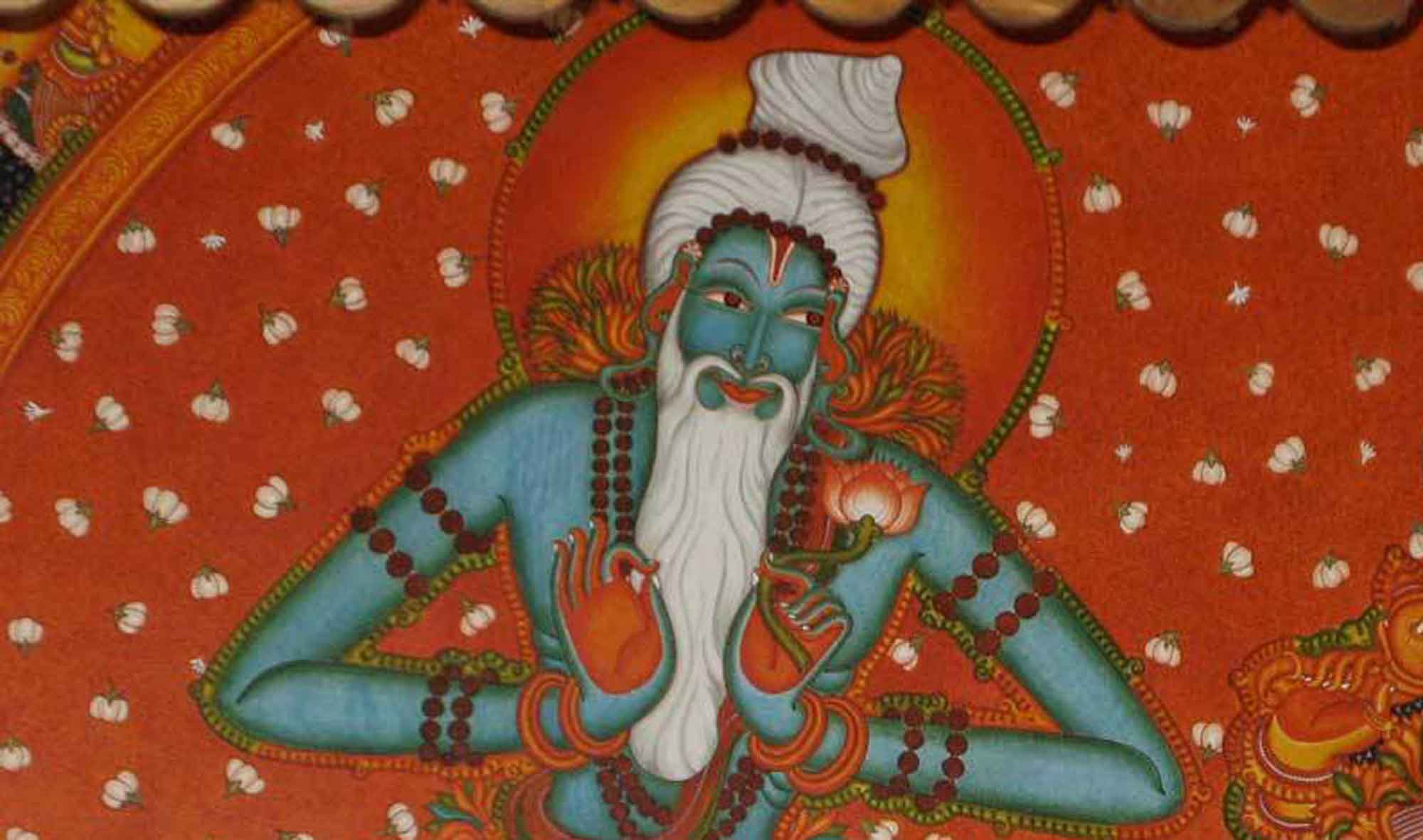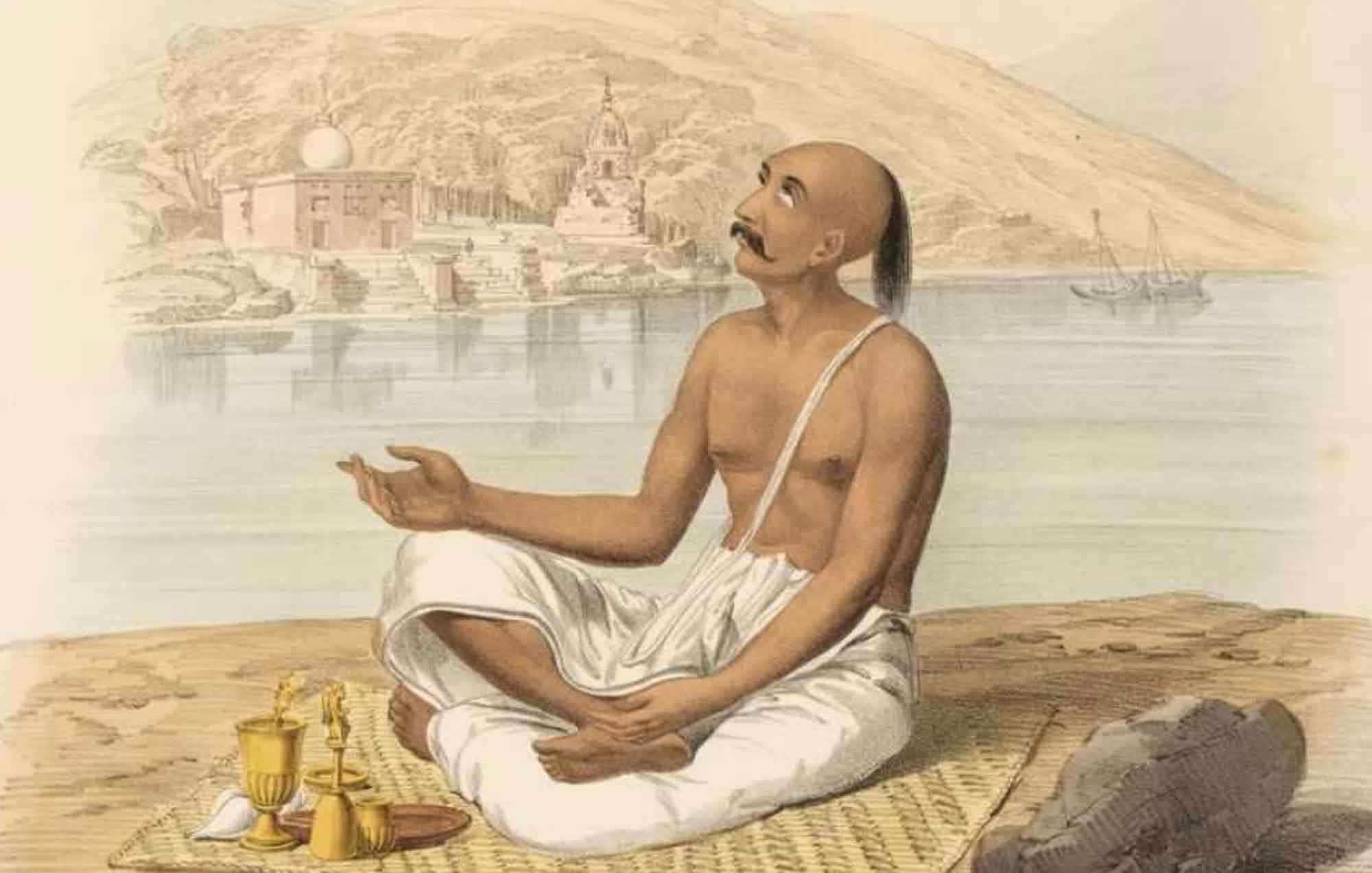Overview
Sahajiyā Matera Heyatva (The Disgusting Beliefs of the Sahajiyās) was first published in Sajjana Toṣaṇī, Vol 4. Issue 6 in 1892. This was a series of answers to three questions about the Sahajiyā sect that Bhaktivinoda Ṭhākura received from an inquirer in Śrīhaṭṭa.
(translated by Swami B.V. Giri)
The following is the answer we gave when a devotee from Śrīhaṭṭa asked us three questions. It is my hope that by reading this, the wisdom of many people will increase.
I found three questions in your letter. I am writing the answers to the three questions separately, and you should read them with special consideration. Do not show this to those who believe in foul philosophies. They have created a mutilated version of the saintly advice and saintly character of Śrīman Mahāprabhu and instead of His spiritual shelter, they give a handful of water. The siddha-deha (spiritual body) of the jīva is transcendental. In the transcendental body, the transcendental senses are suitable for all varieties of service to Kṛṣṇa.
The answer to the first question – in many parts of Bengal, an abominable cult known as sahajiyā is being followed secretly. The activities of this cult are extremely sinful. It is different to the sahajiyā-dharma (spontaneous dharma) mentioned in the śāstra. The sahaja–dharma of the transcendental jīva is to engage in the transcendental service of Kṛṣṇa. Although this dharma is spontaneous for the ātmā, which means that it is manifest with the ātmā, it is not spontaneous when we are materially conditioned. Charlatans have turned pure attraction for Kṛṣṇa into mundane sahaja–dharma, by degrading it into the union between man and woman. In fact, it is not like that. In the sahaja-dharma of the ātmā, the connection between the female body and the male body is most despicable and inappropriate. Nowadays, that cult which is referred to as sahajiyā-dharma is against all the śāstra. Vaiṣṇavas should not join this cult. The practice of entering that sect and taking mantras in the left ear is extremely disrespectful.
The answer to the second question – it is not the instruction of any śāstra or sādhu to associate with women in order to attain Vrajendra-nandana. When the jīva, who has finite consciousness, enters madhura-rasa, he himself attains the mood of a female. He no longer needs to be associated with women. Choṭa Haridāsa himself became a female and his puruṣa-bhāva (mundane masculinity) was removed by his offence of intimately associating with women. Evil people misinterpret the phrase prakṛti haiyā kare prakṛti sambhāṣaṇa (‘One becomes female by associating with females’) in order to create ways to gratify their senses. Sādhu-Vaiṣṇavas ignore them. For a gṛhastha, associating with one’s married wife is not part of his bhajana. Therefore, it is recognised as sinless only for the sake of worldly affairs.
Answer to the 3rd question – the ‘vraja-maṇḍala’ created by the cohabitation of male and female for bhajana is against the teachings of Śrīman Mahāprabhu. It seems that in this world during the age of Kali, human beings do not allow themselves to improve. According to pure Vaiṣṇavism, male sādhakas will perform bhajana separately from the congregation of female sādhakas. Bhajana is a completely transcendental activity, and if one allows even a little mundanity to enter, it will be ruined. Deha-tattva (Body-theory)* etc. is a very harmful process. Pure Vaiṣṇavism never cares for this.
* Deha-tattva is a notion followed by the Sahaijyās and Bāulas that the material body is an instrument to reach the Divine. Thus, sexual union is performed to help both the male and female ‘sādhakas’ attain their spiritual identity.
Mahāśaya! If these evil philosophies exist in your country, you should try to correct them. If this creates a confrontation with cunning and deceitful people, you should accept it for the sake of Śrī Mahāprabhu. This human life is rare, and we should not waste it even for a single day. I am grateful that you will deal with this grave matter with special consideration. The Gosvāmīs, and especially Kavirāja Gosvāmī Mahāśaya, have given special warning to the jīvas in this regard. What more can I say. If you have any respect for my words, then you will take shelter of kṛṣṇa-rati (attachment to Kṛṣṇa), the sahaja-dharma, by rejecting the beliefs of the sahajiyās and bāulas which are all the concoctions of Kali. Whatever you ask of me, I will do the best that I can.
If Śrī Gaurāṅga-deva gives me the opportunity and the strength, then at some time I will, as you have written, “try to explain the philosophy according to Śrī Caitanya-caritāmṛta.“ Carefully read all the tattva (spiritual truths) that is being discussed in Sajjana Toṣaṇī.













